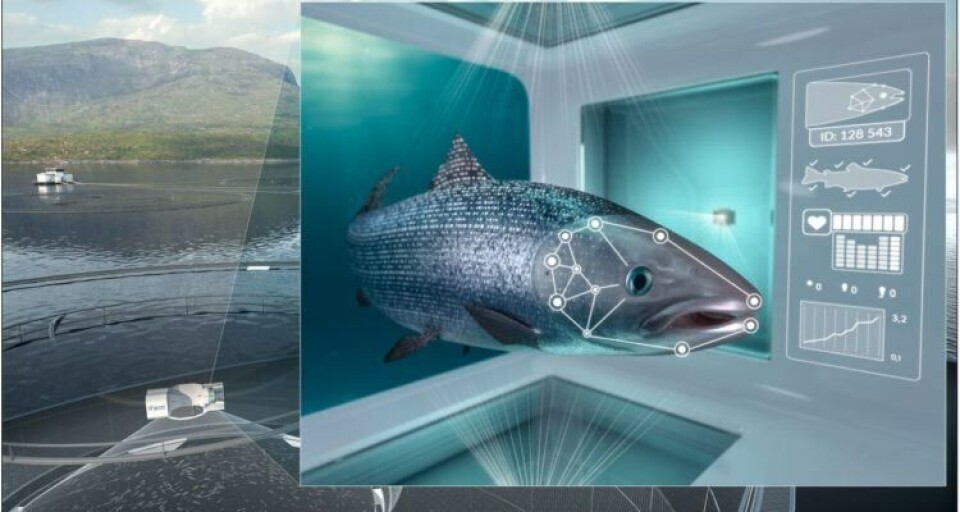
The aye farm: Cermaq says yes to project despite disappointment
The world’s third-largest salmon farmer, Cermaq, will begin its iFarm project in northern Norway next month with the intention of putting fish in the sea in autumn 2020.
Cermaq had applied for 10 development permits for the project, and said it was impossible complete the project as planned with the four permits it was given in November last year.
It has since adapted the project to take account of the fewer fish it will be allowed to grow but points out that the project will not progress as far toward commercial testing as originally planned.
Image recognition
The iFarm is based on image recognition and identification of each individual salmon and individual follow-up of each fish, e.g. a fish with lice can set aside. At the same time, the need to handle the fish is significantly reduced, thus strengthening fish health and welfare.
“The goal of the project is to develop prototypes with the central functions of iFarm to clarify whether it is technologically possible to operate individual salmon farming in cages in the sea,” said Cermaq Norway’s fish health chief Karl Fredrik Ottem, who will lead the project.
“An important part of the iFarm project is to document how the fish’s behavior and welfare will interact with the new technological solutions and functionalities.”
Machine vision
BioSort, which develops sensor-based solutions in iFarm, has already conducted several tests at Norway’s Institute of Marine Research at Matre.
“The key to iFarm is that you follow every individual salmon with machine vision and can put aside the fish to be followed up. This will be useful not only for farmers, but also for management and consumers. We are looking forward to getting started, and several new positions will now be filled,” said BioSort chief executive Geir Stang Hauge.
Cermaq is investing NOK 580 million in the iFarm. According to the plan, the first fish will be released in the autumn of 2020 at a site in Martnesvik in Steigen.






















































